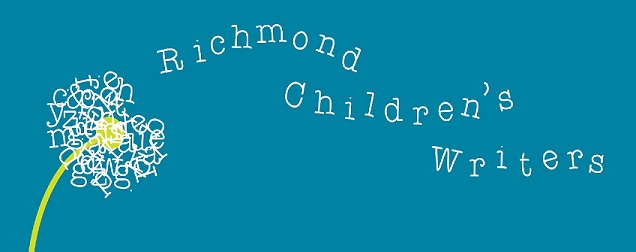Sarah writes: This is the story of how this piece, Collected Stories, came to be. One day my friend Rob offered to take me to a couple of interesting used furniture and stuff places up Route 1 heading north out of Richmond. Our first stop was “Class and Trash” which is always over-full with furniture, household goods, and assorted curiosities. We both noticed this box, because it had such an interesting shape; but neither of us could imagine what it was ever intended for. That day I bought a couple of things that had potential for use in future assemblages – but not the box. The curious piece stayed on my mind the rest of the day, so the next morning I went back to buy it. At the time I was in the midst of working on a group of 3-dimensional pieces, so I immediately began cleaning the box up and smoothing out the rough inside. But I had no notion how I might use the box in a piece. Over time I sketched out several ideas, but none seemed quite right. As I began the work for this show at Caldwell Arts Center, I began once again to consider how I might use the box. I had just finished the piece Promise in which I had used some layered writing on Lokta paper, and I thought about the possibility of using the same kind of layered paper in the box. For this piece I wanted to fold the paper accordion-style; this was influenced by a Japanese accordion sketchbook I had recently finished (as a left-handed project) and also by an amaryllis pod which split to reveal paper-like seeds layered in the pod like some sort of gills. In the past I have used quoted poems and, in Promise, some of my own poems in the writing – whatever seemed relevant to the piece. This one called for something different: a collective voice - true stories from the people around me. I set about composing an e-mail with a request for a true short story or anecdote (NOT a creative writing piece). Within an hour of sending out the message, the first story came in, and after the first day, six stories had arrived. People have been so generous with their stories and time, and they have been very supportive of the project. As soon as the stories began coming in, the piece became more than I had imagined it would be. I don’t know why this surprised me. One predictable aspect of making art is that each piece has a life of its own, and the maker is generally not the one in control. As soon as a piece is begun, it goes off in some unforeseen direction. The job of the artist, I believe, is to respond to what is happening – in a sort of dialogue with the work itself. With the box my focus had been on making the object. But the process of collecting and transcribing stories immediately became extremely important to the piece, and curiously so, since I am the only one who will read the stories. People have trusted me with their stories, these small fragments of their lives, and I have a responsibility to honor both that trust and the gifted story in my making. The stories themselves and the gifting of the stories change me. And, it seems, the project has also affected the participants. Many have thanked me for the invitation to write for different reasons: they were grateful for the motivation, they had been meaning to write this story, the writing was a welcome break from the daily routine, the writing brought clarity to their story, or the writing provided the opportunity to share a story that would be safe here - something that could not be shared more publicly. There is an aspect of exchange in this process that is akin to ideas expressed in Lewis Hyde’s book The Gift: Creativity and the Artist in the Modern World. For a gift to have value and to stay alive, it must be passed on, kept in motion, not quantified. Hyde supports his ideas by looking at the notion of the gift through time and across cultures before he begins a consideration of the creative gift. What has happened and is happening with this piece seems to fit his thesis well. Further elaboration would require an essay of its own. Many aspects of this piece are multi-layered. In its format it is a combination of object/sculpture, assemblage, collaboration, and conceptual art. It is made from the literal (physical) layering of stories combined with more figurative sorts of layering. The contributed stories have been written and layered two sheets together. They are layered again as they are torn in strips, then glued and stitched, and finally folded into the box. There are layers within the stories themselves: layers of narrative, meaning, feeling, symbol, and characters. From story to story there are links and overlaps of subject or theme. There is a layer of the story of the box itself: the unknown story of the box’s origin and the one that is being written and continued now in the making of the piece. These layers and stories together speak of our connections to one another in ways that are elemental and quite profound. While it is unlikely that the viewer will be aware of all that I am describing, it is these things that allow a found box to be transformed into MORE. Sarah Masters June 2012
Sarah's piece, "Collected Stories" can be seen at The Caldwell Arts Council Exhibition in Lenoir, N.C.: http://www.caldwellarts.com/205-main-gallery-september-2012-friends/
Visit Sarah at: http://www.sarahkmasters.wordpress.com


No comments:
Post a Comment